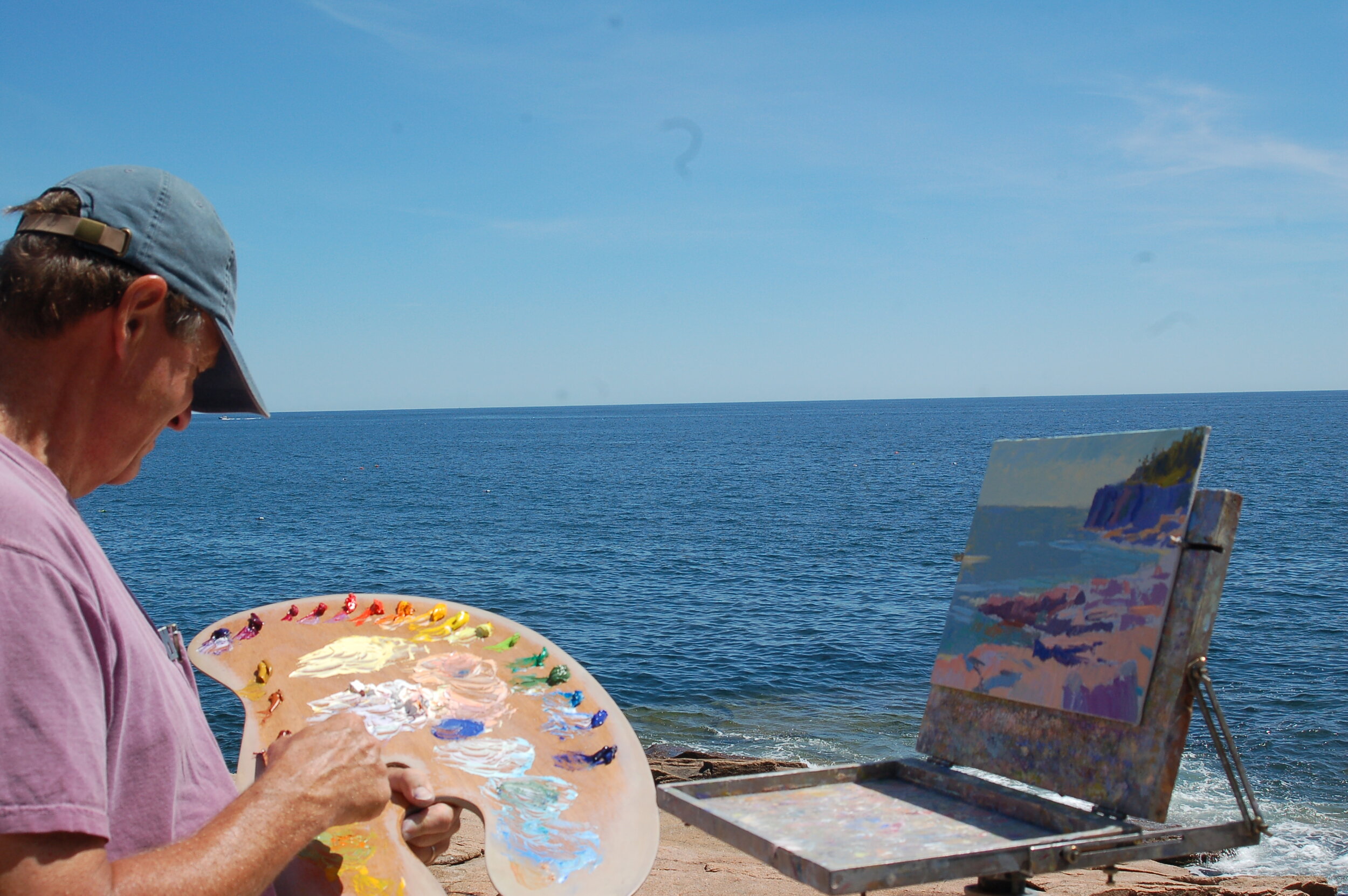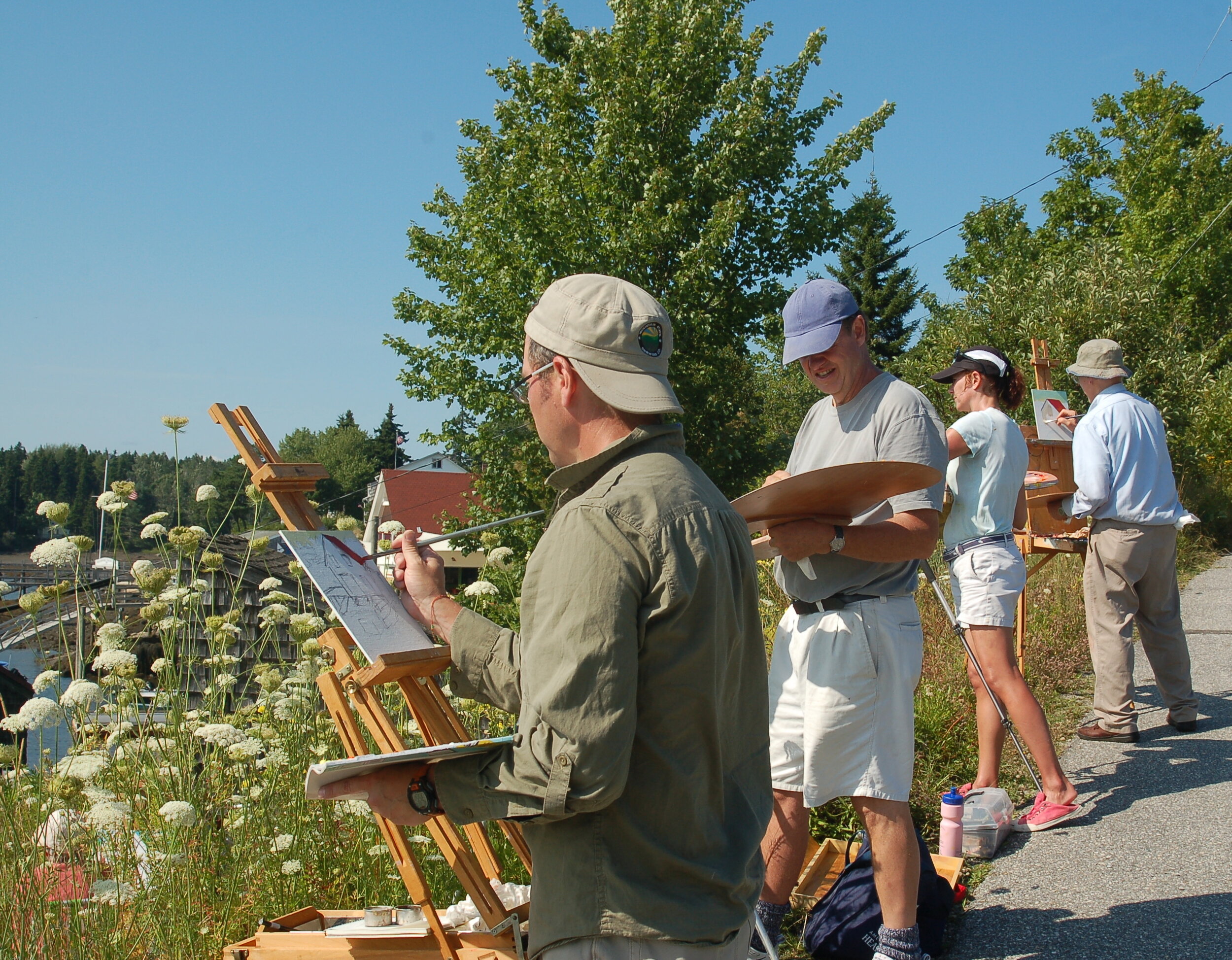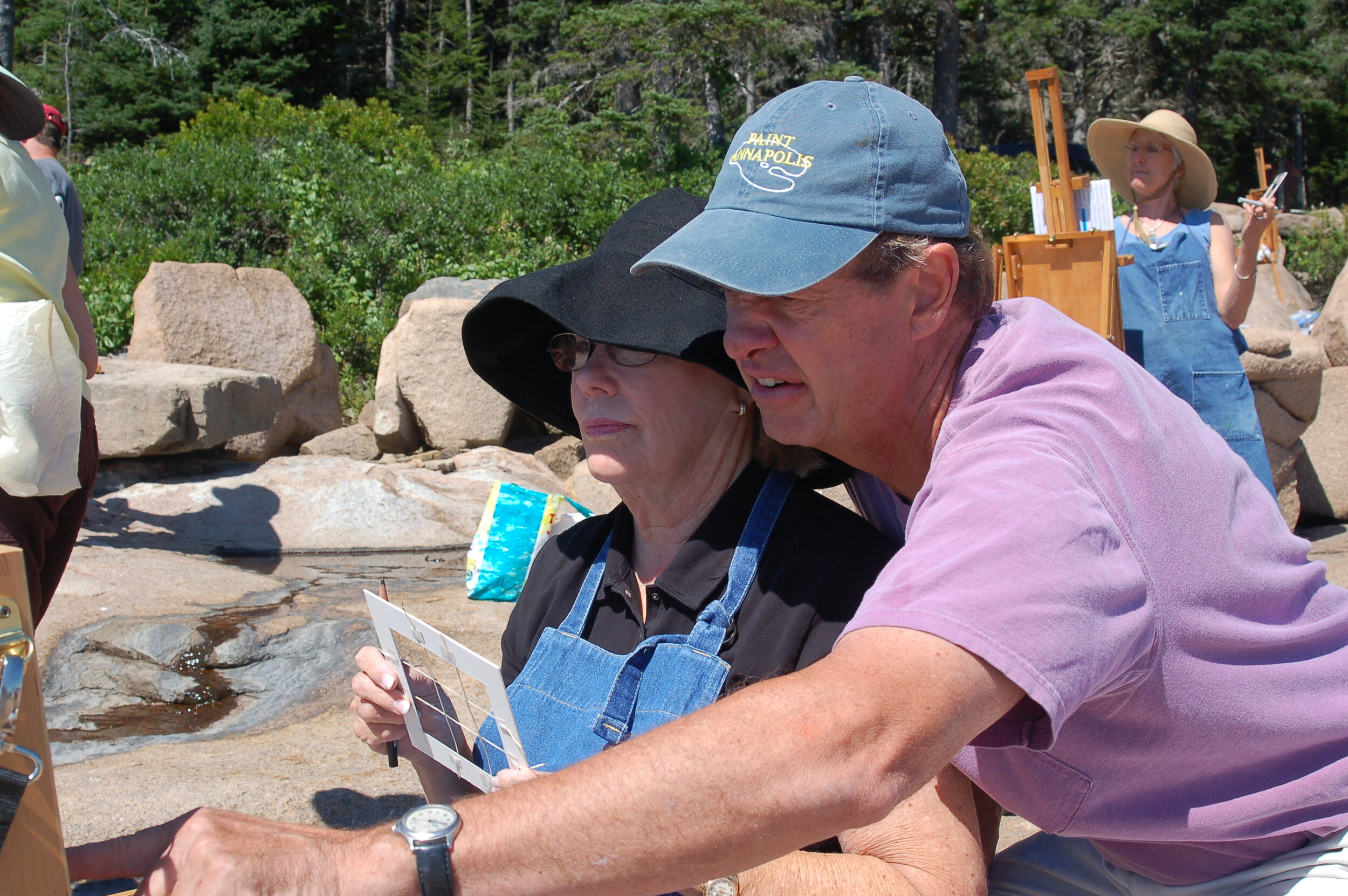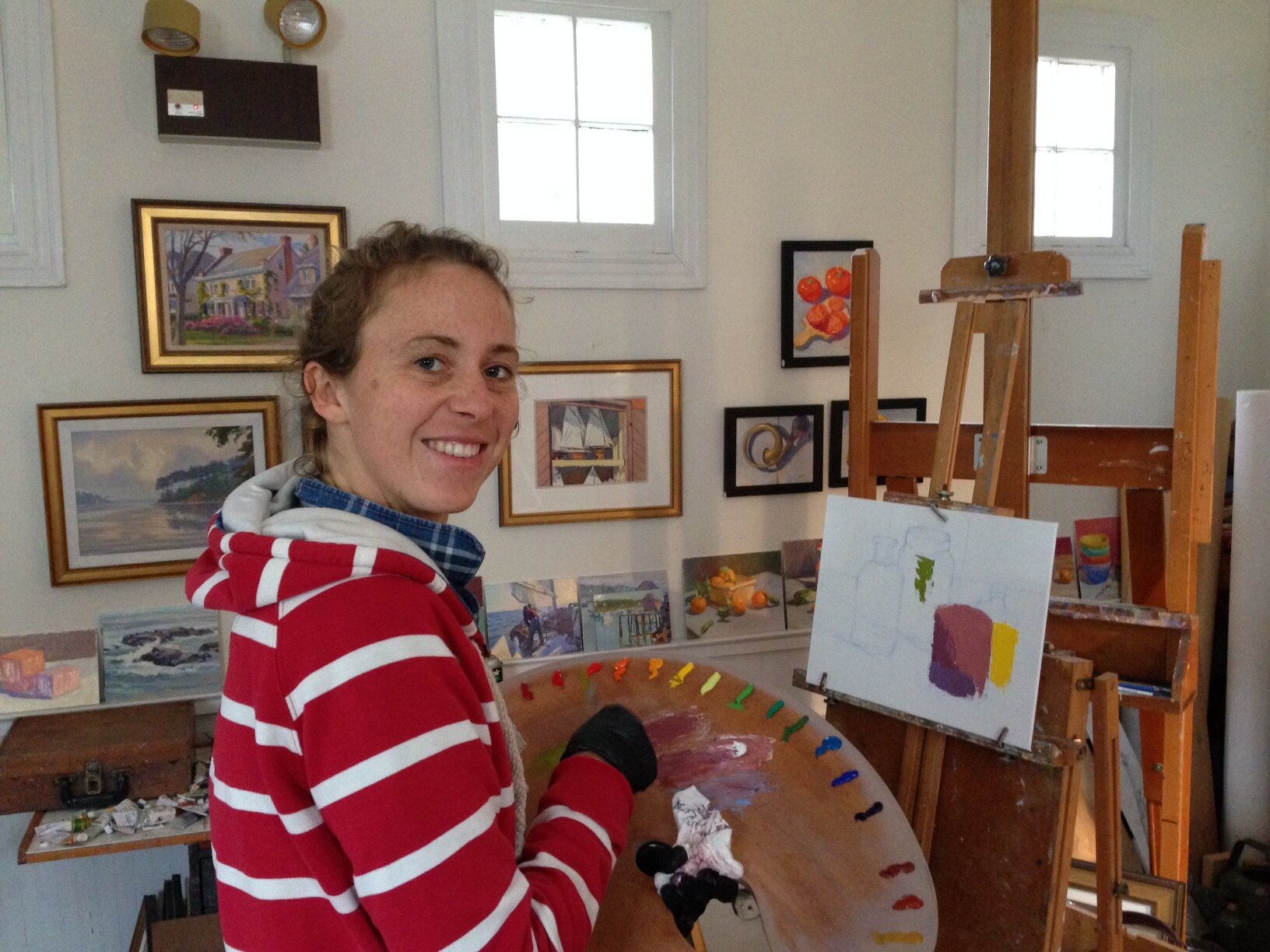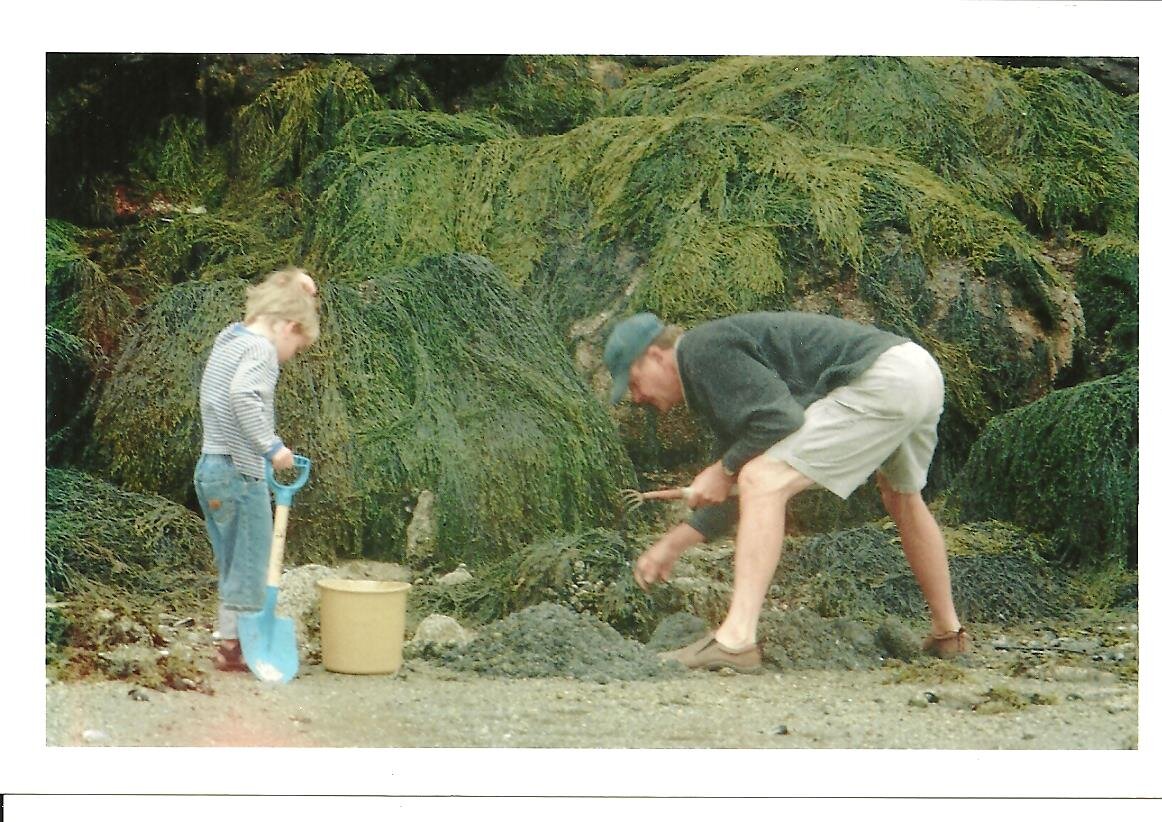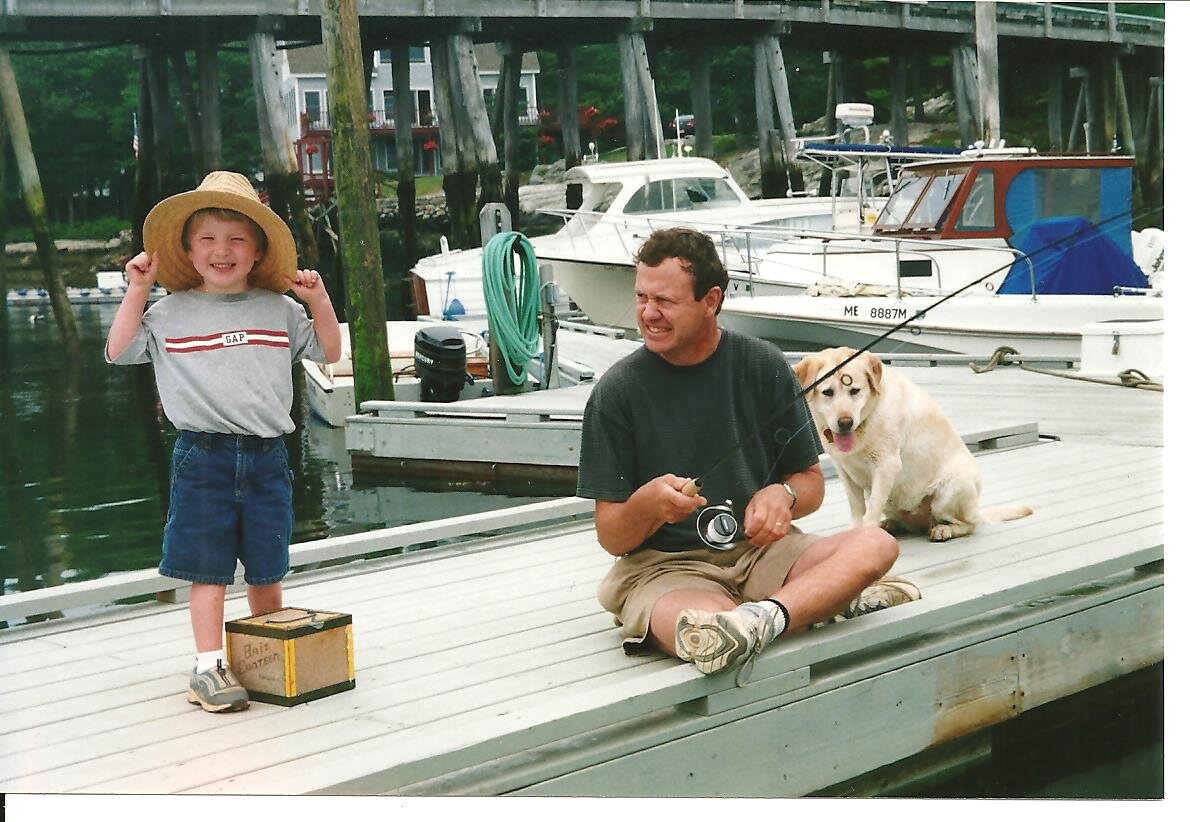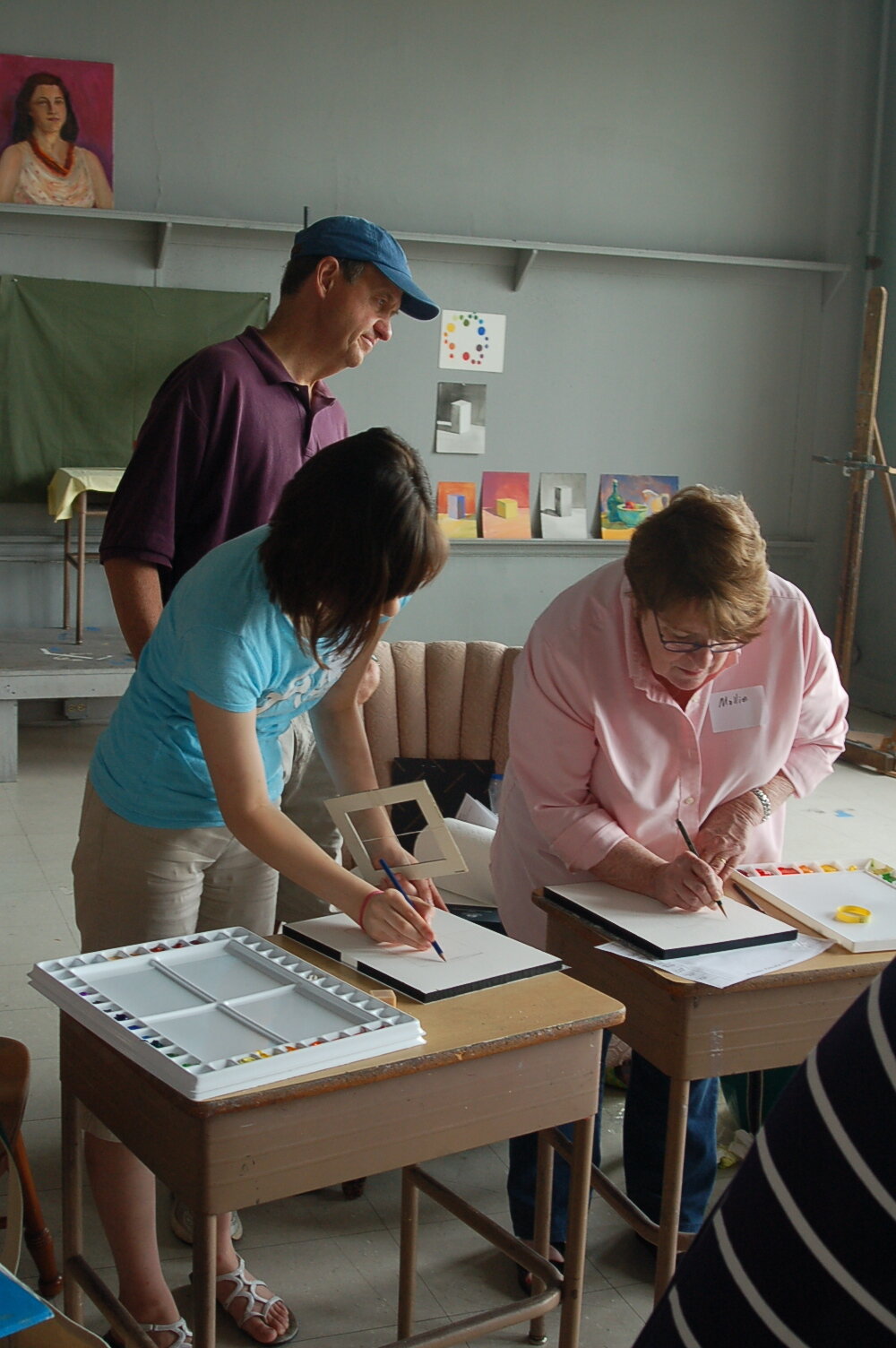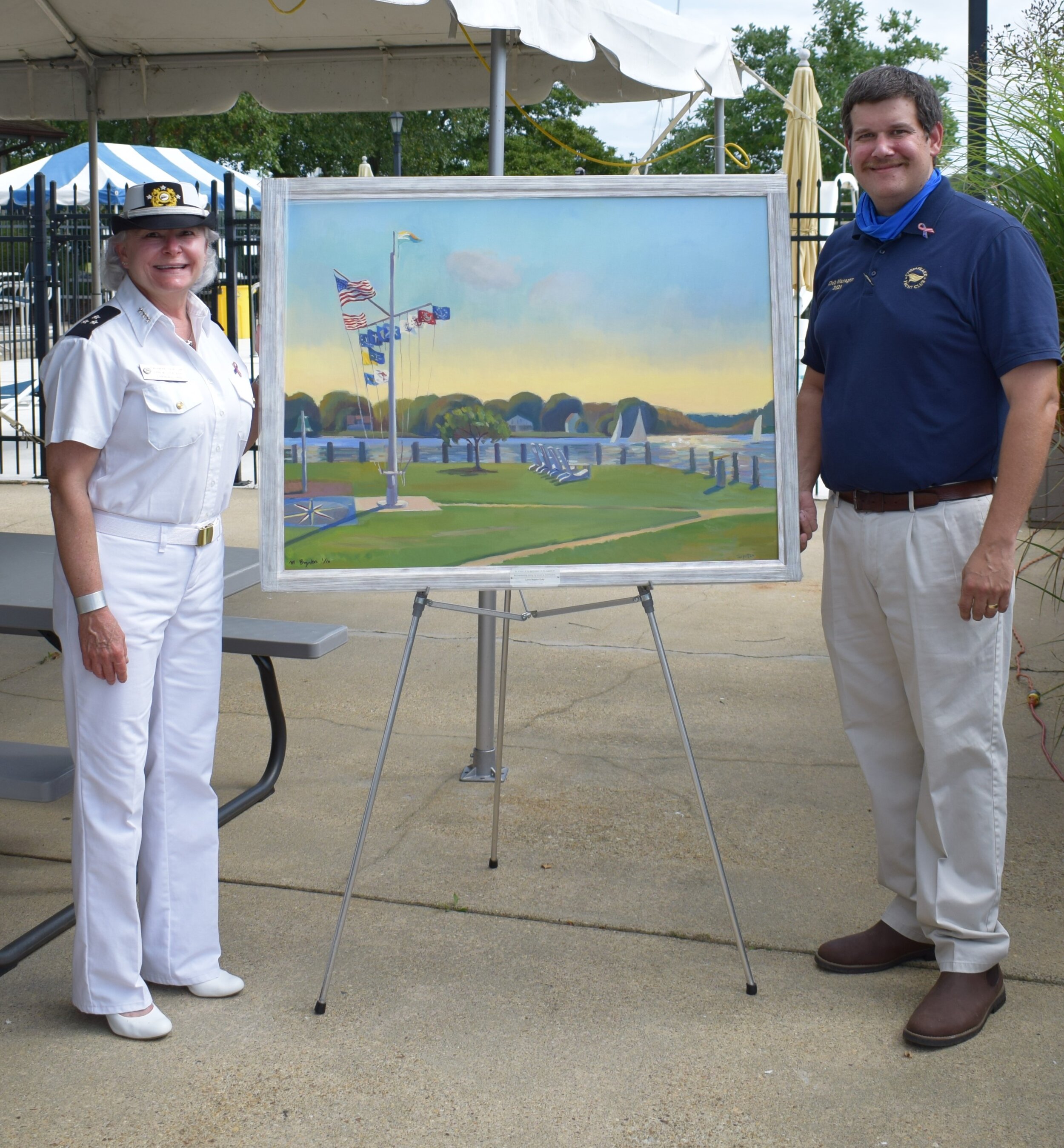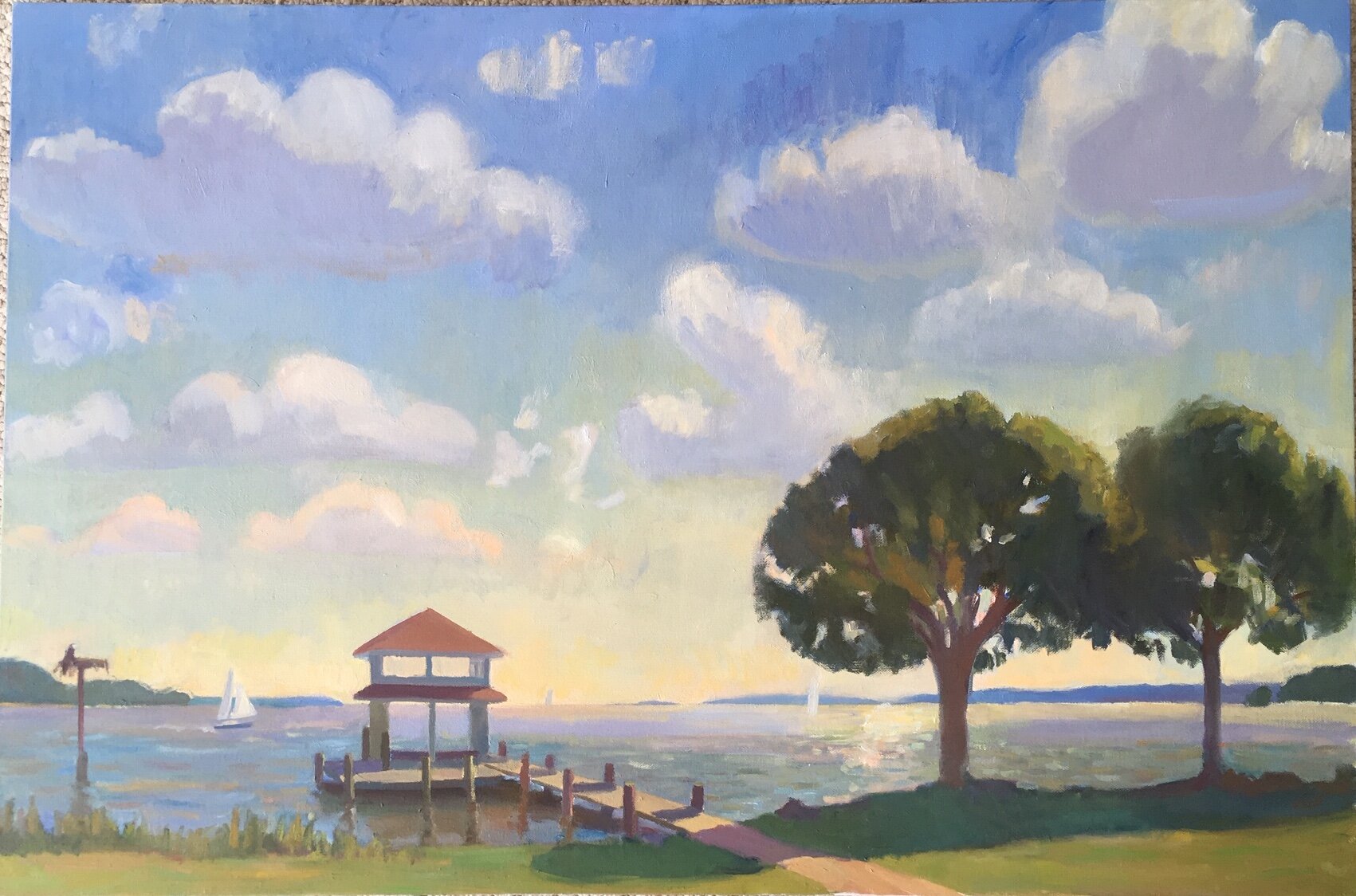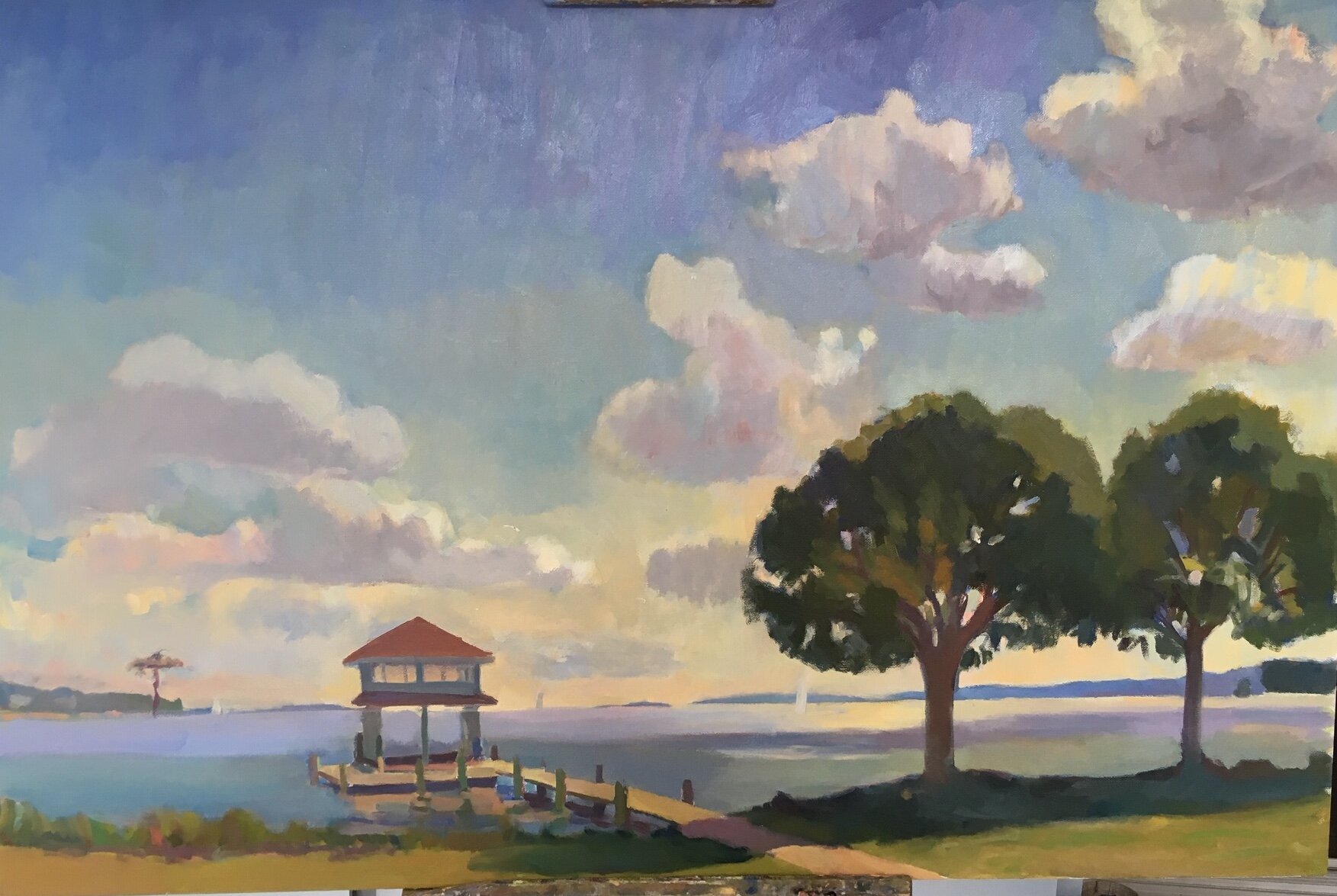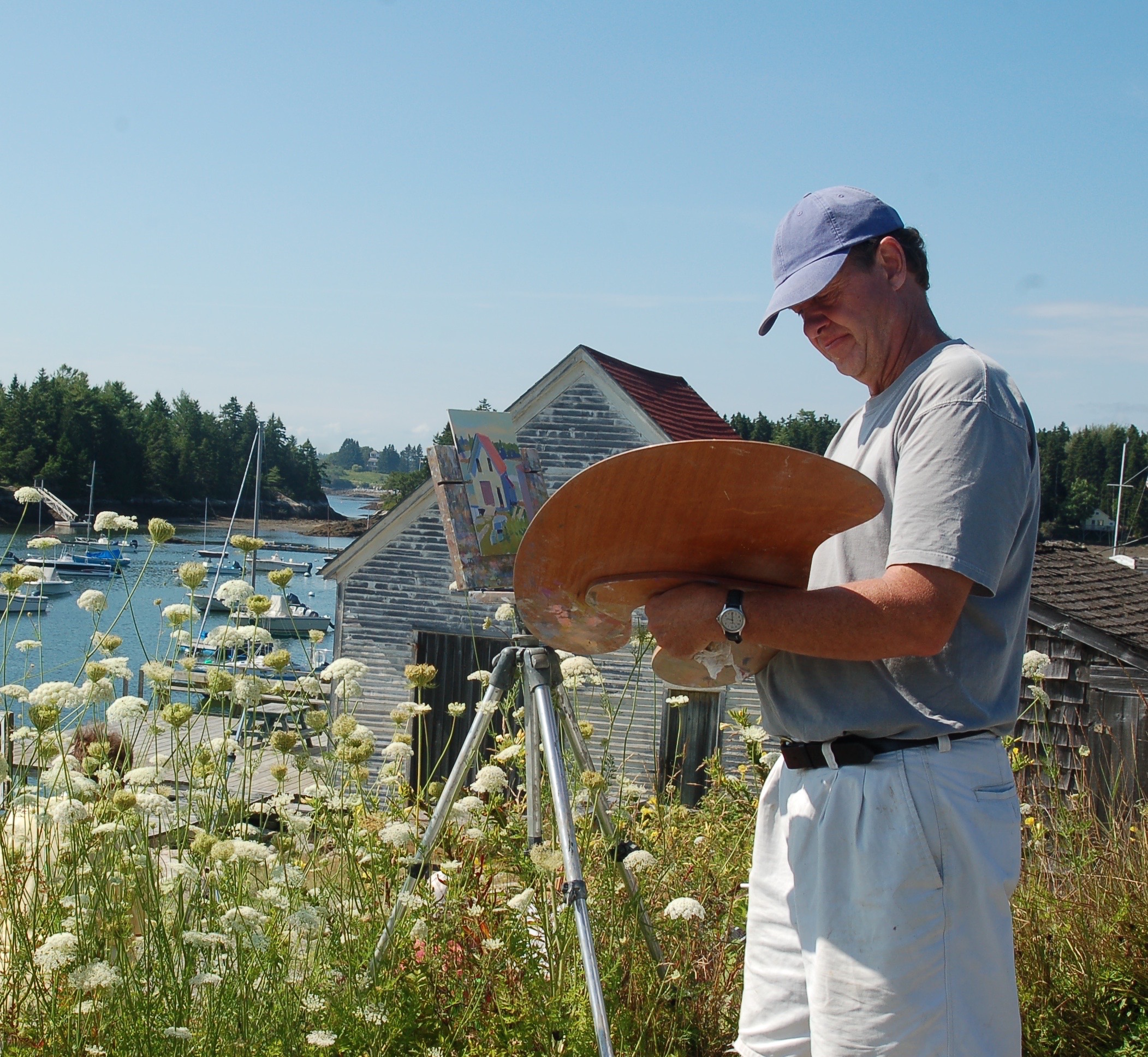The Final Salute, Photos by Margaret McWethy
For this is how much God loved the world -- He gave his one and only, unique Son as a gift. So now everyone who believes in Him will never perish but experience everlasting life. God did not send His Son into the world to judge and condemn the world, but to be its Savior and rescue it! John 3:16-17
The Final Salute
“He might not make it till Saturday,” Kristina, the hospice nurse, whispered, tiptoeing into the kitchen. Dad had developed a sudden onset of congestion that Monday. A deep, full-bodied cough had kept him awake for two nights. He was delirious with fatigue, but still pushing to adhere to his hourly routine, his life-line. “I don’t know how he made it across the room from the hospital bed to his recliner this morning,” Kristina said with a hushed, sardonic laugh.
We knew things had taken a turn for our father. My sister Melissa had called Kristina Wednesday afternoon and asked her to come. My sister Margaret hopped on a plane from Boston the next day. Melissa picked her up at the airport, and the four of us arrived at my father’s house around 2:00pm, within ten minutes of each other. God’s timing. He was present to us in the details from that moment on.
My sisters and I felt an odd sense of comfort as we convened around the kitchen table, awaiting Kristina’s assessment. All of us were there, we marveled — Dad’s three daughters — the three “M”s — And Kristina, the hospice nurse handpicked by our Heavenly Father to walk our earthly father through the process of dying. Kristina felt like a sister to us. She had the naval connection and many uncanny parallels in her life. Her father was an alumni of the Naval Academy. She was one of six kids, three girls and three boys, just like us, and she had married a graduate of the Naval Academy. She and Dad bonded instantly when she first came, and we all looked forward to the Honor Salute he would be receiving through Hospice of the Chesapeake on Saturday, January 27.
Dad would listen to a professional. Kristina gave him permission to go to bed and stay there. She gently explained to him that this was it, and what to expect. He received it from her like a child, and went to bed. Once he was tucked in with his head on the pillow, we heard him give a deep sigh of relief. No more pushing, no more clinging to his routine
Kristina and Darlena, the caregiver on duty that day, gave him half of a Larazapan pill, the tranquilizer from the comfort box in the refrigerator. Dad had never taken sleep aids or tranquilizers. When he couldn’t sleep or was anxious, he prayed, casting his cares on the Lord who cared for him. But on this day he did as he was told.
We were all surprised to receive his morning email the next day at 6:40: “34 degrees and a great doped sleep… now what?” He was still with us, on schedule with his morning email, letting all six of his children know he had made it through the night.
Sleep is always restorative. When I arrived that morning, Margaret was sitting at his bedside. She was reading letters he had written to Mom when he was away at sea in 1965. I sat down on the settee and listened. These letters were a glimpse into his life as commanding officer of the Vermillion, a 489 foot attack cargo ship assigned to operations along the eastern seaboard. He was managing a crew made up of 38 officers and 387 enlisted personnel. Mom and Dad had kept each others letters, so we could read them alternately: life at sea, life at home — a delightful repartee between them, laced with humor. Memories flooded into our minds. I had a renewed respect for my father. Little did I know what he bore on his shoulders when I was 12 years old.
Dad had kept in close touch with extended family and old friends through email in his latter years. His iPad was his link to the outside world once he relinquished his drivers license. As the storm was gaining force, he sent one last email to his “subscribers,” letting them know all was not well with him.
On Friday, January 26, emails began to arrive, one after the other, on Dad’s iPad from nieces, nephews, cousins, grandchildren, and old friends, expressing their appreciation for how he had touched their lives. The words “humble” and “generous” came up over and over again. Margaret, Melissa and I were at his bedside. The grandchildren in town came to pay their last respects. Many in far away places called to have one last conversation and to say goodbye. We were in close touch with our three brothers on the west coast through Skype and phone calls.
Margaret composed the morning email for him on Saturday, January 27. He was letting us know he made it through the night once again.
I opened his front door cautiously when I came at 9:00a.m., an hour before the Honor Salute ceremony was to take place. I didn’t know what to expect. Would he still be able to connect? He was sitting up and alert to my arrival. He smiled. “There you are!” he said as I approached his bed.
“Margaret sent the email this morning. Did you respond?” I was the email miscreant in the family. I just never seemed to respond on time, and he let me know.
“I’m here in person,” I said, taking his warm hand in mine, and kissing it. He’s up for the ceremony I thought to myself. Dying is as much of an adventure as any of his tours at sea.
I knew my friends at the Glen Burnie House of Prayer were praying for us — a core of very dedicated intercessors, responding to their call. We felt their prayers. A palpable sense of peace filled the house. The rhythmic pumping of the oxygen machine seemed to resonate with the very heartbeat of God, our Eternal Father, and the soothing sound of the water flowing through it like a cool mountain stream. Everything flowed with the very harmony of heaven, the atmosphere saturated with sunlight, sweetness and love.
Bill Lovelace, the master of ceremonies, arrived at 10:00, precisely on time, along with two young air force officers in full dress uniform. Everything about Mr. Lovelace was in sharp contrast to his military escorts. He was dressed casually in a white, long-sleeved knit sports shirt with a red and yellow stripe at the chest. White-haired and trim, he looked to be in his early to mid eighties. A prominent wooden cross hung at his neck. Dad beamed. He was more than present; he was fully engaged, the wide smile on his face drawing them in to his bedside.



